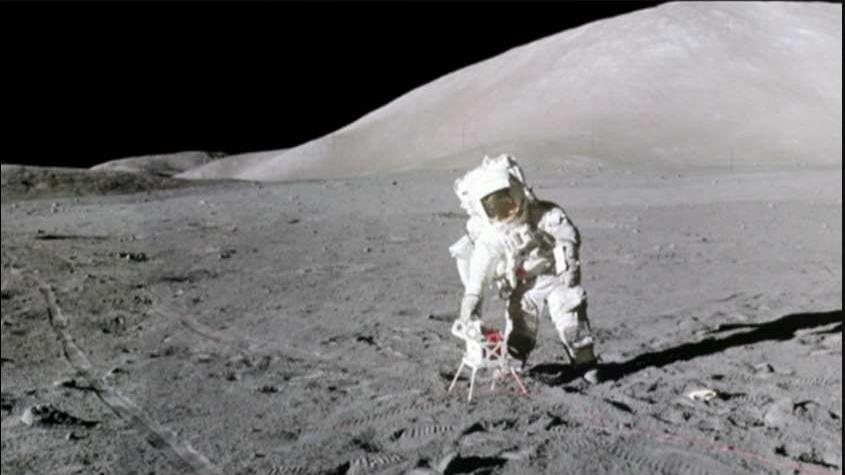NASA’s new investment strategy: High risk, high reward
The growth of the commercial space market is forcing a shift in the way NASA funds some promising technology, aligning the federal space agency’s investment model closer to that of U.S. venture capital firms.
The change is spurring hope that by relying on private companies to tackle the near-term objective of commercializing low-Earth orbit the agency will be free to pursue more challenging endeavors, like achieving the first human flight to Mars, according to Administrator Jim Bridenstine.
“Right now, there’s not a commercial marketplace at the moon, there’s not a commercial marketplace at Mars,” he told Fox Business in an exclusive interview. “If we can do the things we need to do in low-Earth orbit by being a customer, then we can focus on developing capability at the moon, retiring risk at the moon… and then commercializing that activity while we then go on to Mars.”
The model is not completely new for NASA. The agency was instrumental in developing satellite communications, for example, before private companies quickly created a lucrative commercial market for the technology.
It’s also one NASA is using to fly U.S. astronauts back into space. The agency in 2014 tapped Boeing and SpaceX to manufacture the rockets to transport Americans to the International Space Station.
But as billions of dollars of outside capital flow into the U.S. space industry, investors and analysts worry that the bubble is soon to burst. And the technology under development is much more advanced. For NASA, that means investments for non-human space travel are becoming riskier with the hopes of significantly greater returns.
In November, it chose nine companies to develop new launch platforms to send payloads to the moon. But while NASA is a prospective customer – spending potentially $2.6 billion over the next 10 years on the project -- the agency envisions itself as one of many future purchasers of the technology.
It is also well aware not all the businesses will succeed in developing the products.
“There won’t be nine companies that are able to achieve that objective,” Bridenstine said. “This is similar to venture capital. It’s not a lot of investment by NASA, it’s a small investment. But the returns will be very high.”
Even if just one company is successful, “that’s a victory,” he added. “We as an agency will learn a lot. And guess what? So will those private companies.”
| Ticker | Security | Last | Change | Change % |
|---|---|---|---|---|
| BA | THE BOEING CO. | 247.68 | -0.06 | -0.02% |
Outside of potential new launch platforms, Bridenstine says he is excited about advancements in propulsion, specifically the potential move from solar electric to nuclear electric – where subatomic particles are accelerated to a percentage of the speed of light. The technology is critical to human travel to Mars and beyond.
“That’s what’s going to enable us to do deeper space travel,” he said. “We’re going to need nuclear electric propulsion to be able to stay in space for long periods of time.
The reliance on the private industry comes with its own challenges. As a purchaser of the product instead of owning and operating the hardware, NASA has to ensure the manufacturing operations are held up to the same safety standards as the federal government.
Perhaps no other incident exemplified this struggle more than when one of its key partners, SpaceX, was thrust into the spotlight after Musk went on a U.S. podcast and smoked marijuana, prompting calls from former federal officials that the federal government review his security clearance.
CLICK HERE TO GET THE FOX BUSINESS APP
The agency is in the midst of a review of the safety culture at SpaceX and Bridenstine expects it to end “very well.”




















